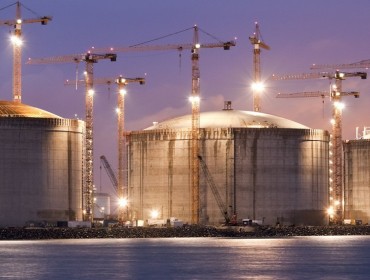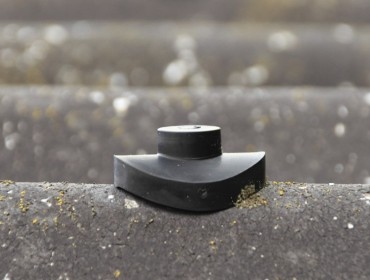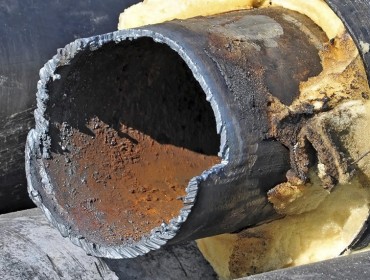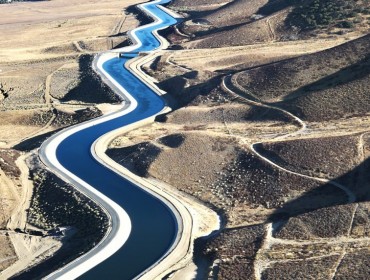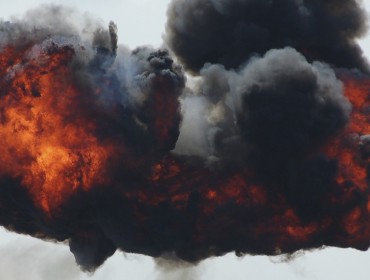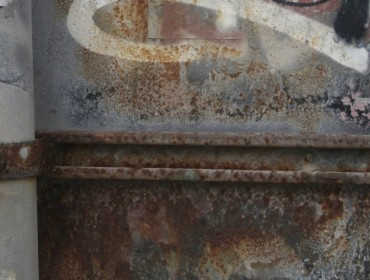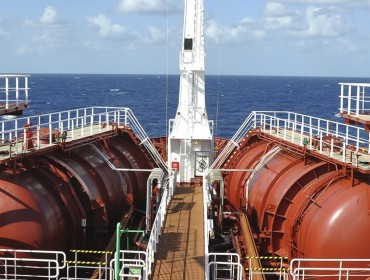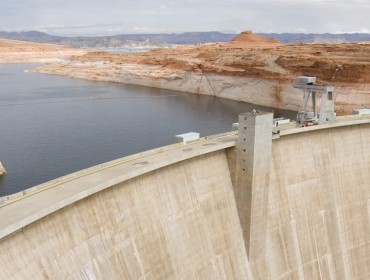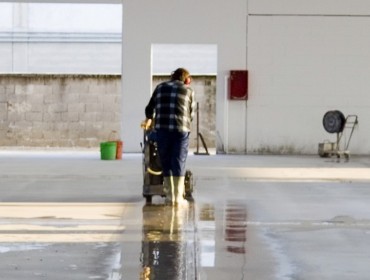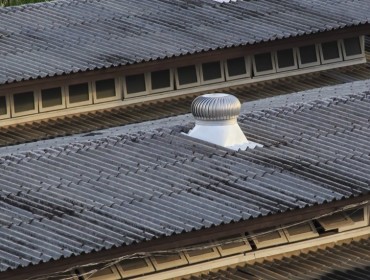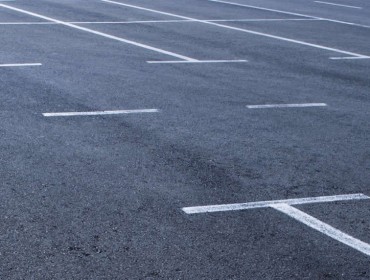An expert’s guide to concrete protection products
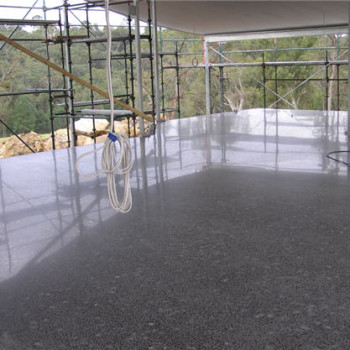
Finding the right protective coating for concrete can be challenging, particularly when there are so many different factors, ranging from the surrounding environment, to the age and condition of the concrete to consider.
But that’s not all. These days, there are also a wide range of different performance coatings available on the market which, unless you know exactly what you need, can make sourcing the right solution, first time around, even more of a challenge.
According to current purchasing trends there are four products that are most commonly used for concrete protection. Read on for details of what they are:
- Polyurea
Polyurea protective coatings outperform all other coating systems on the market, with rapid return to service application processes and minimal surface preparation making it touch dry in a matter of seconds. With an elongation factor of 300%, its performance is unrivalled when it comes to bridging pre-existing dynamic cracks of between 0-15mm and coping with ground or structure movement as well as extreme changes in temperature.
Since arriving to the market in the 1980s polyurea coatings have been highly successful in the protection of tanks, reservoir roofs and gas digesters.
- Polyurethane
Some polyurethanes can contain a number of highly toxic chemicals that may make it less suitable for closely occupied spaces. In use for more than 20 years, it works well both indoors and outdoors, has moderate VOC levels and must be top-coated around every four to seven years.
This coating can be installed in temperatures ranging from 20° F to 110° F and typically installs and cures within two to four days. While it may be resistant to oil and most chemicals, it is reactive to water, which means it will react and blister if sprayed on to a damp surface.
- Epoxies
Epoxies perform well in highly chemically corrosive environments like sewage treatment facilities or chemical processing plants. They are slightly more forgiving of damp substrates and the presence of moisture, which can be helpful in certain applications, but with an elongation factor of just 2-4.1%, they are less suitable for applications that are subject to ground movement and dynamic cracking, like bunds and square concrete tanks in biogass and wastewater sites.
If fast return to service is of key importance, then there are other products that offer far quicker application and drying times. Epoxies typically cure within eight to 12 hours, so may not be suitable for busy power generation plants or industrial processing environments that cannot afford such a lengthy shut down period – although this might not be such an issue for new construction projects.
- Glass Reinforced Plastic (GRP)
GRP is one of the oldest coatings solutions available on the market and as such remains an old favourite for many creatures of habit. Most commonly used for lining concrete bunds and tanks, application is slow as the product is built up in layers of resin and matting over a couple of days. Whist this product is unadvisable for harsh chemical environments or where dynamic cracking is likely, it can be hard wearing and last a long time in less demanding conditions.
For more information or to discuss your concrete protection requirements with us call us on 01793 772 410 or email us at info@spiperformancecoatings.com.

